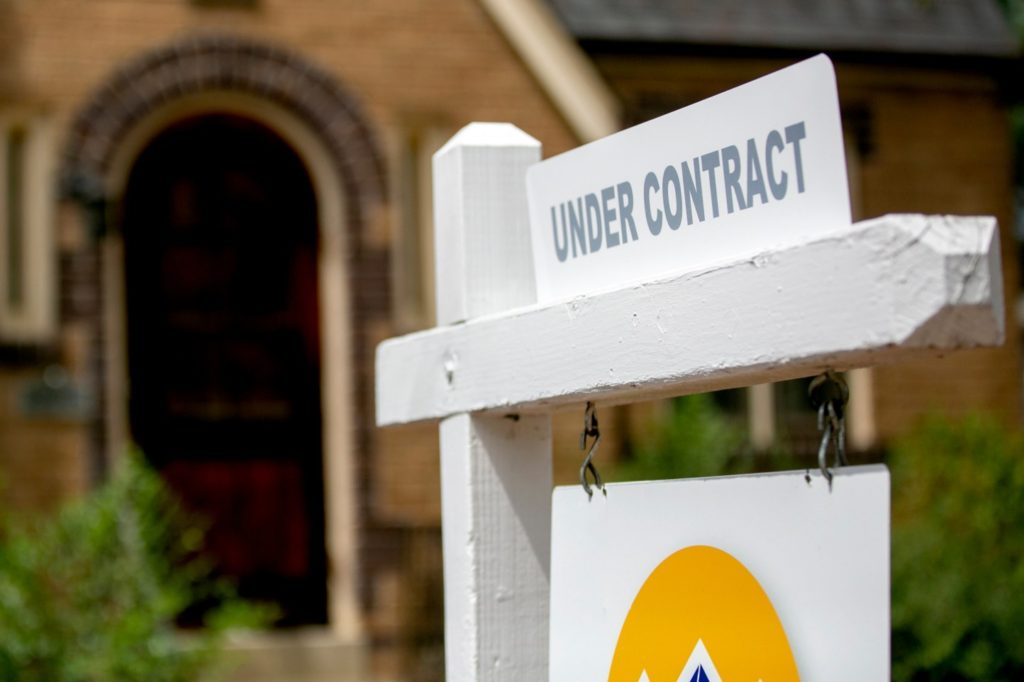Study: Real estate firms thrive on repeat and referral business
Survey shows 42% of surveyed firms offer ancillary services.
By Brooklee Han
9/16/2021
Referrals from past and repeat customers still generated the greatest number of inquiries for real estate firms in 2020 with 30% of brokerage business coming from this source, the same amount as in 2018, when the survey was last completed.
On the flip side, interest generated from traditional open houses declined from 2018, according to the National Association of Realtors’ 2021 Profile of Real Estate Firms. In 2018, 1% of surveyed brokerages said their business came from open houses. In 2020, less than 1% did, likely because the pandemic put a damper on in-person open houses. Interest generated from websites and social media, however, remained steady from 2018.
Brokerages are thriving
Where brokers are finding business has changed slightly; however, the volume of sales have skyrocketed during the pandemic. According to the report, which is based on data from the 2020 calendar year and collected through a random sample of 6,253 Realtors who were executives and senior management at real estate firms, found that residential real estate firms had a median sales volume of $6.6 million in 2020 as compared to a median of $5.3 million in 2018. In contrast, brokerages in the RealTrends 500 had a median sales volume of $1.3 billion in 2020.
This is a clear reflection of the overall increase in the number of homes sold in 2020 compared to 2018. In fact, the largest firms in the nation grew at the highest year-to-year rate in 2020 than any other year in the ranking’s history.
The 2021 RealTrends 500 report revealed a massive amount of growth between 2019 and 2020 (data for the 2021 RT 500 is pulled from 2020 data.) Closed sides were up 15.8% over 2019. When compared to the 5.6% national increase of existing home sales, we see that, for the fifth year in a row, the largest brokerage firms in the country gained market share. Sales volume was up an astounding 25.9%. Both of these growth factors are the largest that RealTrends has ever seen in its rankings. Surely, that growth happened for smaller firms, as well.

Tel: 551-580-4856 | Email: F.WINNIE.S@GMAIL.COM
The 2021 NAR report also found that 78% of residential real estate firms surveyed had one office and that 49% of firms with one office had a median sales volume of $4.5 million. However, 1% of firms with one office had a sales volume between $250 million and $500 million. For reference, in 2018, zero one-office firms recorded a sales volume above $250 million.
Also reflecting this increase was the total number of transaction sides by residential real estate firms. The 2019 report found that the median number of transaction sides in 2018 was 26, but the 2021 report found that the median had increased to 27 in 2020.
Competition from virtual brokerage models
Another interesting change from 2018 is the percentage of firms that believe their current competition comes from virtual firms, such as eXp and Fathom. The report found that across all firms, 10% believe their competition comes from brokerages with no fixed location, as opposed to 5% in 2018. However, half of all firms still believe that their main source of current competition is traditional brick-and-mortar large franchise firms.
With margin compression, many brokers are looking at alternate ways to boost profits. Surveyed firms offering such services grew 3% between 2018 and 2020. The only surprise here is that that number isn’t higher. However, with 49% of the firms surveyed being one-office shops, that could be the reason. The share of firms making a percentage of net revenue from ancillary services, such as relocation services, mortgage lending, title and escrow services, and home improvement services, increased from 39% in 2018 to 42% in 2021. It is important to note that firms with three or more offices saw a decrease in the share of firms gaining revenue from their ancillary services.
Like in 2018, business brokerage is the most common ancillary service offered, with relocation services, home warranty, mortgage lending and home improvement services taking up the other top spots. However, NAR found that most firms surveyed still do not offer ancillary services, with only 21% of firms offering the most common ancillary service.

It Took Homes 11 Days To Sell In Denver In August. That Might Be A Sign That The Market Is Slowing
By Sarah Mulholland
9/04/2021

Home sales in the Denver metro are slowing, giving some buyers a chance to jump into what has been a highly competitive market for more than a year.
In August, houses sat on the market for an average of 11 days, according to a new report from the Denver Metro Association of Realtors. That may not sound like a lot, but it’s an increase from nine days in July.
And, earlier this year, homes were routinely going into contract within three to four days of being put on the market in the metro area, which includes Boulder and Broomfield counties.
Buyers typically move slower in late summer as families settle in for a new school year, Andrew Abrams, chair of the real estate association’s trend committee and a realtor in the area, noted in the report.
“They are a bit more patient, wanting to find the right house for the ‘right’ price,” Abrams wrote.
How long it takes to sell a home depends on its price, with less expensive homes selling faster than more expensive ones. A home with a price tag that is less than $500,000, for example, might be on the market for nine days, while a home priced in the $750,000 to $1 million range might sell in 16 days.
In August, the median price for a home in Denver was $540,000, which was about the same as July. But that’s 17 percent higher than it was a year ago.
It’s too early to tell whether the recent slowdown is due to seasonal patterns or the housing market beginning to correct itself after a boom that drove double-digit price gains across much of the state and the country.

“Sellers have basked in the control seat for so long that it can be hard to set reasonable expectations,” realtor Amanda Snitker wrote in the report, advising homeowners to prepare for a slower sales process.
While sellers might not be getting multiple bids in one weekend, low interest rates and a lack of homes for sale are still fueling a tight housing market.
A record-low 3,582 homes were listed last month in metro Denver, marking a 35 percent decline from the same time in 2020, according to the report. Typically, there are about 16,000 homes for sale in August, though that number topped 31,000 homes in 2006 — a record high.
So far this year, Denver home sales have totaled more than $25.5 billion, a 25 percent jump compared to this time last year, and about five percent above sales volume in August 2019. The pandemic shifted the normal ebbs and flows of the housing market, halting sales in the spring and early summer of 2020, and pushing them into the colder months.



